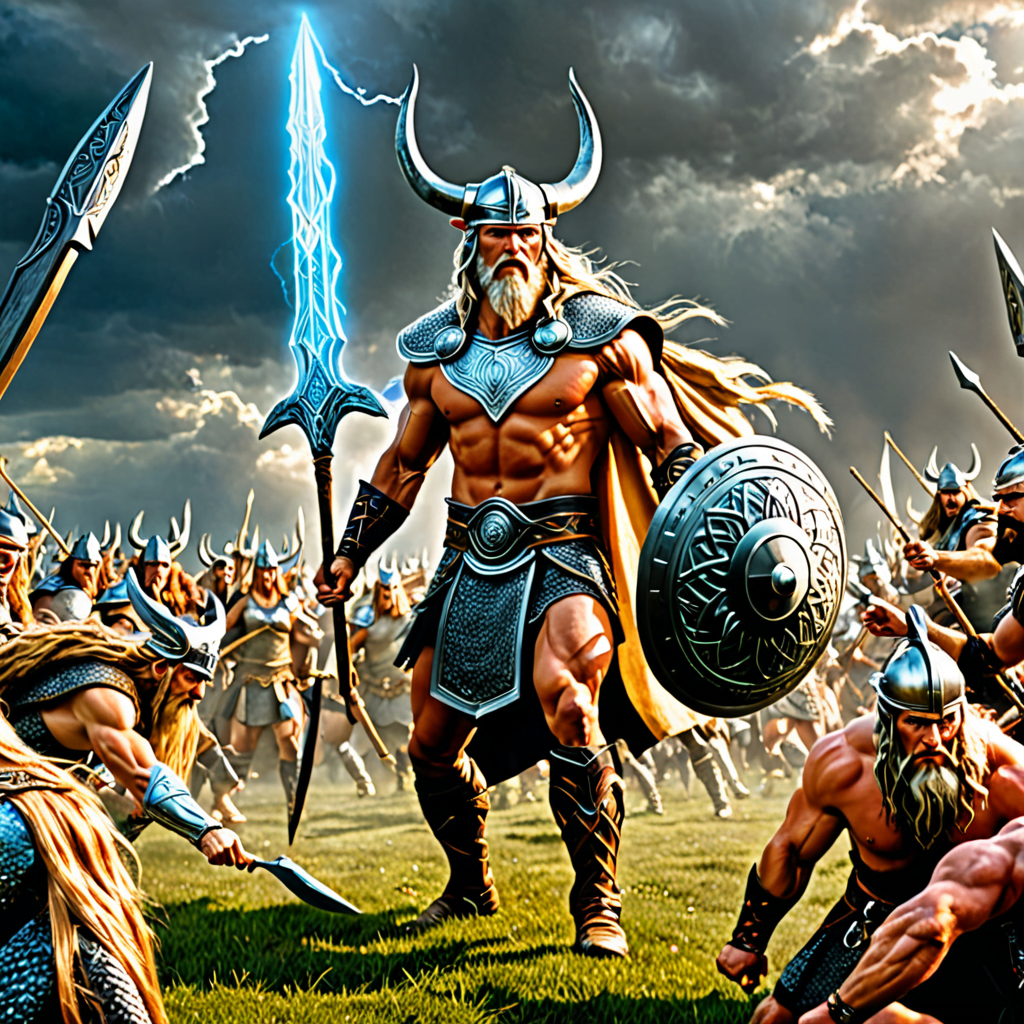Introduction:
Storytelling is a fundamental aspect of Australian Aboriginal culture, serving as a vital means of preserving and transmitting knowledge, cultural values, and mythology. Through storytelling, Aboriginal people have passed down their creation stories, beliefs, and historical experiences for generations, ensuring the continuity of their cultural heritage. By preserving Aboriginal mythology, storytelling plays a crucial role in maintaining the identity, traditions, and cultural practices of diverse Aboriginal language groups across Australia.
Origins of Aboriginal Mythology:
Aboriginal mythology originates from the Dreamtime, a sacred period when ancestral beings created the world and established the laws and customs that govern Aboriginal society. These creation stories, known as Dreaming stories, provide a comprehensive account of the origins of the natural world, the animals, plants, and human beings. Dreamtime beliefs also encompass the concept of ancestral spirits who continue to reside in the land and interact with the living. These stories form the foundation of Aboriginal spirituality and provide guidance for ethical behavior and responsible stewardship of the environment.
Storytelling as a Form of Knowledge Transfer:
Storytelling serves as a primary means of knowledge transfer within Aboriginal communities, passing down cultural values, ethics, and traditions from one generation to the next. Oral narratives, songs, dances, and visual arts are all used to convey important information about hunting and gathering techniques, medicinal knowledge, kinship systems, and the correct way to behave in different situations. By sharing these stories, Aboriginal elders ensure that the younger generations inherit the wisdom and knowledge accumulated over centuries.
Types of Aboriginal Storytelling:
Aboriginal storytelling encompasses a diverse range of oral narratives, songs, dances, and visual arts, including painting, carving, and weaving. Each language group has its own unique repertoire of stories and storytelling styles, reflecting the distinct cultural and environmental characteristics of their region. These stories often feature recurring themes such as the creation of the world, the relationship between humans and animals, and the importance of respecting the land and its resources.
Role of Storytelling in Identity Formation:
Storytelling plays a central role in shaping Aboriginal identity and cultural understanding, connecting individuals to their heritage, ancestors, and the land. By hearing and participating in these stories, Aboriginal people develop a deep sense of belonging and connection to their community and environment. Storytelling also helps to form a shared understanding of history, values, and beliefs, contributing to the cultural continuity and resilience of Aboriginal communities.
6. Storytelling as a Tool for Healing:
Storytelling has proven to be a powerful tool for addressing intergenerational trauma and promoting recovery and resilience within Aboriginal communities. By sharing stories of past experiences and cultural practices, Aboriginal people are able to process and heal from the effects of colonization, assimilation, and other historical traumas. Storytelling provides a safe space for individuals to express their pain, connect with their cultural heritage, and envision a brighter future.
7. Modern Challenges to Storytelling:
Aboriginal storytelling has faced significant challenges in recent times, primarily due to the impacts of colonization, urbanization, and assimilation. The loss of language and cultural knowledge, as well as the disruption of traditional storytelling practices, have threatened the continuity of Aboriginal mythology. However, Aboriginal communities are actively working to revitalize their storytelling traditions and ensure their preservation for future generations.
8. Conservation Efforts:
Recognizing the importance of preserving Aboriginal storytelling, various conservation efforts are underway to document and record oral narratives, establish language revival programs, and create opportunities for storytelling and cultural exchange. These initiatives involve partnerships between Aboriginal communities, cultural organizations, and government agencies, aiming to safeguard and revitalize this vital cultural practice.
9. Significance for Non-Aboriginal Audiences:
Appreciating Aboriginal storytelling not only enriches our understanding of cultural diversity but also provides valuable insights into the richness of Aboriginal history and worldview. By listening to and engaging with these stories, non-Aboriginal audiences can gain a deeper appreciation for the diversity of human experiences and perspectives, fostering reconciliation and cross-cultural dialogue.
10. Conclusion:
Storytelling remains a cornerstone of Aboriginal culture, playing a central role in preserving and transmitting mythology, cultural knowledge, and identity. By recognizing the importance of storytelling, supporting conservation efforts, and engaging with Aboriginal narratives, we can help ensure the continuity of this vital cultural practice and promote reconciliation and understanding between Aboriginal and non-Aboriginal Australians.
Frequently Asked Questions (FAQs):
What is the importance of storytelling in Aboriginal culture?
Storytelling is a fundamental aspect of Aboriginal culture, serving as a means of preserving and transmitting mythology, cultural knowledge, values, and ethics across generations.
How does storytelling contribute to Aboriginal identity?
Storytelling plays a crucial role in shaping Aboriginal identity, connecting individuals to their heritage, ancestors, and the land. By hearing and participating in these stories, Aboriginal people develop a deep sense of belonging and cultural understanding.
What are the types of Aboriginal storytelling?
Aboriginal storytelling encompasses a diverse range of oral narratives, songs, dances, and visual arts, including painting, carving, and weaving. Each language group has its own unique repertoire of stories and storytelling styles.
How can non-Aboriginal audiences benefit from engaging with Aboriginal storytelling?
Appreciating Aboriginal storytelling not only enriches our understanding of cultural diversity but also provides valuable insights into the richness of Aboriginal history and worldview. It promotes reconciliation and cross-cultural dialogue.



